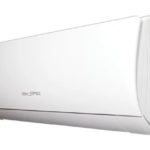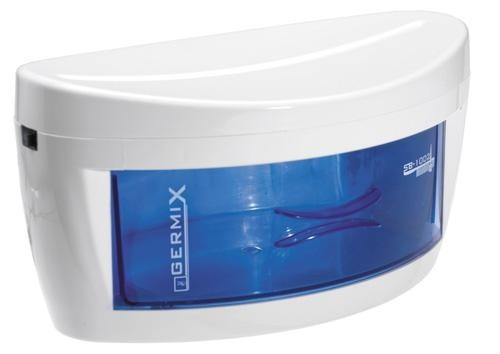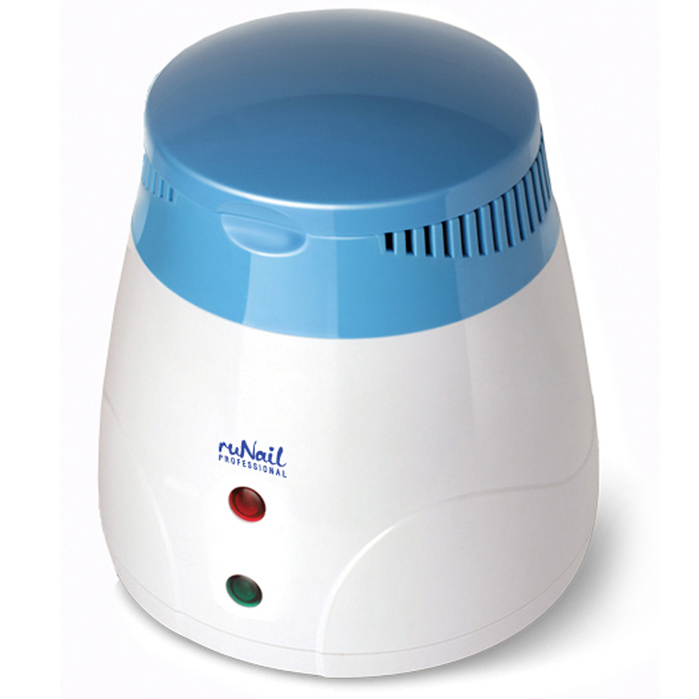What is autoclaving of medical instruments? Key features of the procedure
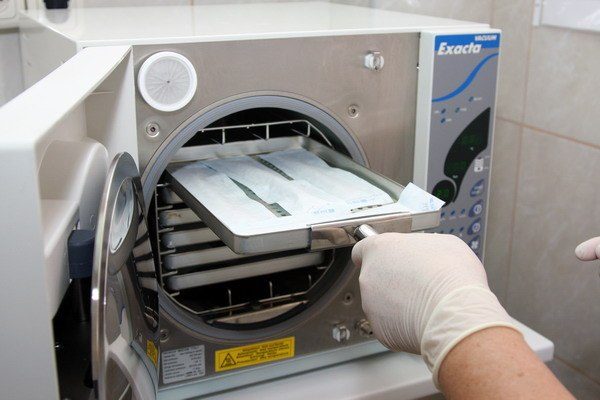
medik.ua
If you work in the medical field, but still don’t know what an autoclave is, what it does and why it is needed, then read on: what is an autoclave, how an autoclave sterilizes medical instruments, features of using an autoclave.
What is an autoclave? An autoclave is a device for disinfecting/sterilizing equipment, used in the field of medicine and cosmetology. On any surface there are microorganisms - microbes, bacteria, viruses - some of which are extremely dangerous for the human body. In areas where during work they penetrate directly into the client’s body, disinfection is an important part of the work. Infection will have a bad impact on business (customers will lose trust), and most importantly, on human health. To do this, cosmetologists and doctors sterilize their instruments before each visitor.
There are many devices for sterilizing instruments, some are additionally used to disinfect room surfaces, one of them is an autoclave. Autoclaving (the process of operating an autoclave) takes place at temperatures above 100 degrees, since most microorganisms cannot withstand it.
How an autoclave sterilizes medical instruments. The device operates using the steam sterilization method - using steam and high temperature. The whole process goes as follows:
Instruments are placed inside the autoclave, water is poured into a special reservoir, where it is heated and turned into steam, after which it is supplied to the instruments.High temperature and steam eliminate 99% of all microorganisms. Autoclaves are popular due to their high efficiency, ease of operation and low cost.
Autoclave advantages:
- Fast work (short sterilization cycles)
- You can work with products that cannot withstand high temperatures (plastic, fabric)
- Can be produced in single and double packaging
Components of an autoclave: sterilization chamber (the place where instruments are placed), an air outlet valve, a safety valve (activated if the steam pressure is too high), a pressure gauge to measure the steam pressure, a thermometer to measure the temperature of the steam, a steam boiler (water tank) and an electric heater.
The walls of the sterilization chamber are thick and sealed, so everything that happens inside the autoclave does not affect the external environment. Water is boiled in its container, after which steam is supplied through special pipes through valves into the main chamber. A pressure gauge and thermometer are also installed there to measure the temperature and pressure of the steam.
Sterilization in an autoclave must be carried out strictly following the instructions. The pressure and temperature are manually set in the device. Operating modes differ in excess pressure and exposure time.
Features of the autoclave. Main operating modes of the autoclave:
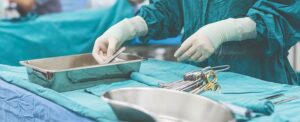
medik.ua
- 1 atmosphere and 121 degrees Celsius
- 1.5 atmospheres and 125 degrees Celsius
- 2 atmospheres and 134 degrees Celsius
In such conditions, microbes and viruses die in a few minutes. The spores survive for up to half an hour, after which they also die. You select the parameters manually depending on the material being processed. For example, to get rid of culture media, it is necessary to expose the material to steam for 25 minutes.The pressure should be 4 atmospheres and the temperature should be 121 degrees Celsius. Surgical materials and instruments are disinfected for 30 minutes at a pressure of 1 atmosphere and a temperature of 121 degrees.
Autoclave classes. According to the European standard EN 13060:2004 there are three main classes: N, S and B.
Class N - the most popular devices, used by pediatricians, not suitable for sterilizing surgical instruments. There is no preliminary vacuumization or vacuum drying. Work only with smooth instruments and fabrics without packaging.
Class S - devices of this class are suitable for disinfecting both smooth instruments/materials and porous ones. Moreover, they can be in packaging or without it.
Class B – autoclaves of this class are used in surgery and dentistry. They have vacuumization and vacuum drying. Can work with any medical/cosmetology instruments and fabrics. Sterilize materials in any packaging or without them. Most often required for the disinfection of handpieces and rigid endoscopes.


